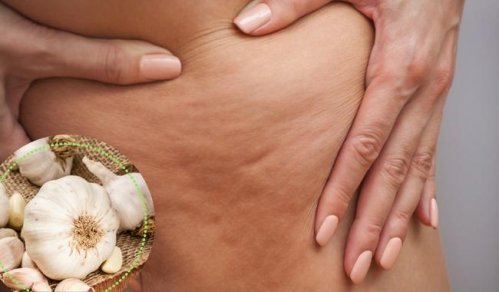5 Ways to Fight Cellulitis
Cellulitis is a very unattractive skin infection. They hate it because it makes their skin look awful.
This is a very common skin tissues infection, specifically in the mid layer of the skin (known as the dermis). However, on occasions the muscle can also be at risk.
How to Recognize Cellulitis
Cellulitis comes with a lot of symptoms which are sometimes very recognizable. Here are some of the most common symptoms:
- High temperature in the affected area.
- Pain.
- Inflammation.
- Sensitivity.
- Skin lesion.
- Stiffness if found near a joint.
- Taut skin.
- Sudden rashes (Not present in all cases).
See also: 5 Amazing Natural Remedies to Eliminate Cellulite: Try Them!
Causes of Cellulitis
Cellulitis is caused by a bacterial infection. However, there are many ways you can catch these microorganisms.
Staphylococcus is widely recognized and associated with cellulitis. If it’s not eliminated, this bacteria can cause serious damage, not only to the skin but to the entire body. The following are the most influential risk factors for acquiring this ailment:
- Recent surgeries.
- Bites (animal or human).
- Open wounds.
- Immune function impairing drugs.
Ways to Fight Cellulitis
Fortunately, you can treat it in several different ways. Below are some good ideas you can try. Let’s begin.
See a Healthcare Professional
It might sound cliché to say it, but doctors may be able to help you with this condition. It’s a good idea to see a healthcare professional who can monitor your cellulitis and provide a diagnosis.
They can offer a number of medical solutions and even prescribe a suitable treatment for your skin. A doctor’s appointment is the first step to take because this problem is related to your health.
Please read: 6 Exercises to Effectively Combat Cellulite
Eat Yogurt
There are many types of yogurt. Many of them have different flavors. Whatever type you choose, natural yogurt is one of the healthiest foods for your body.
Its mainly made up of good bacteria which help the immune system. Eating at least 2 cups of yogurt a day can help you with health issues.
Common Marigold
Common marigold is known for its excellent anti-inflammatory effects. That’s why its used in several drug treatments. Having it in a tea is the best way to take in its beneficial properties. One of the main symptoms of cellulite is swelling in the affected area. That’s where common marigold comes into play!
First, you must prepare an tea of dry common marigold leaves. Then, let it sit before drinking.
There is no limit to how much of it you can consume. You may drink this infusion in the morning or evenings.
Garlic
Eating garlic helps helps burn excess fat, which may improve the appearance of cellulite.
However, if you want good results, you must do more than just include it in your recipes . Eating 3 garlic cloves throughout the day could be a good idea. Make sure to chew them well before swallowing.
All cited sources were thoroughly reviewed by our team to ensure their quality, reliability, currency, and validity. The bibliography of this article was considered reliable and of academic or scientific accuracy.
- Amad, A. D., & Cordero, A. (1998). Celulitis y adiposidad localizada. Actualizaciones Terapéuticas DermatológicasVol. 21, no. 1 (1998 ene.-feb.), p. 64-74.
- Asensi, V., Carton, J. A., Maradona, J. A., & Arribas, J. M. (1996). Celulitis orbitarias graves: resultados terapeuticos en 9 pacientes y revision de la literatura. Enferm Infecc Microbiol Clin, 14, 250-254.
- Ferran, L. R., Vallhonrat, R. P., Youssef, W. F., Aristazábal, J. R., Cubells, C. L., & Fernández, J. P. (2000, January). Celulitis orbitaria y periorbitaria. Revisión de 107 casos. In Anales de Pediatría (Vol. 53, No. 6, pp. 567-572). Elsevier Doyma.
